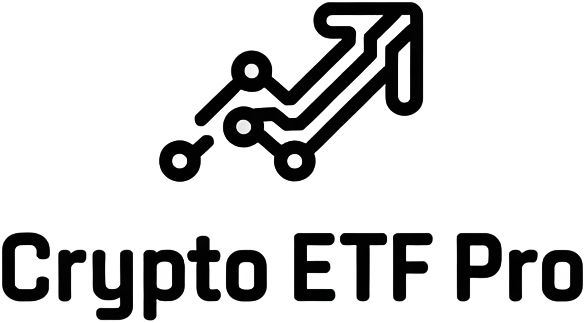
The U. S. Securities and Exchange Commission’s (SEC) recent approval of multi-asset crypto ETFs marks a watershed moment for digital asset investors. After years of regulatory wrangling, July 2025 saw Grayscale’s Digital Large Cap Fund (GDLC) transform into the first SEC-approved spot ETF holding a diversified basket of cryptocurrencies. For investors seeking exposure beyond Bitcoin, this is more than just another product launch – it’s a signal that crypto has matured into a mainstream, tradable asset class.
SEC Greenlights Multi-Asset Crypto ETFs: What Changed?
Until recently, U. S. investors looking for regulated crypto diversification faced limited options and slow-moving bureaucracy. The SEC’s move to approve generic listing standards for spot commodity ETFs – including those based on digital assets – has broken this logjam. As Reuters reported in September 2025, exchanges like NYSE Arca, Nasdaq, and Cboe can now list new spot crypto ETFs in as little as 75 days, compared to the previous 240-day slog (source).
This regulatory shift not only accelerates product launches but also introduces in-kind creation and redemption mechanisms for crypto ETPs. In practical terms, this means authorized participants can swap baskets of underlying coins for ETF shares (and vice versa), mirroring the efficiency of traditional commodity ETFs (source). The result? Lower trading costs and tighter spreads – two factors that make these funds more attractive to both institutional and retail investors.
Inside the First U. S. Multi-Asset Crypto ETF
Grayscale’s GDLC ETF stands at the vanguard of this new era. Listed on NYSE Arca since July 2025 (benzinga.com), it offers exposure to a carefully curated portfolio:
- Bitcoin (BTC): Currently priced at $115,712.00, BTC remains the dominant allocation in GDLC.
- Ethereum (ETH): The second heavyweight alongside Bitcoin.
- XRP, Solana (SOL), Cardano (ADA): These altcoins round out the fund’s holdings.
Together, Bitcoin and Ethereum constitute over 91% of the portfolio by weight (coindesk.com). This concentration reflects both market capitalization realities and lingering risk aversion among large allocators – but it also gives investors regulated access to leading tokens without having to manage private keys or multiple wallets.
Bitcoin (BTC) Price Prediction 2026-2031
Professional Outlook Based on SEC ETF Approvals, Market Adoption, and Regulatory Trends (Baseline Price: $115,712 as of Sep 2025)
| Year | Minimum Price | Average Price | Maximum Price | Yearly % Change (Avg) | Market Scenario Insights |
|---|---|---|---|---|---|
| 2026 | $98,000 | $128,000 | $155,000 | +10.6% | ETF inflows stabilize, minor post-ETF hype correction possible |
| 2027 | $110,000 | $144,000 | $185,000 | +12.5% | Global ETF adoption grows, institutional demand rises |
| 2028 | $120,000 | $160,000 | $215,000 | +11.1% | Halving impact and further ETF innovations boost sentiment |
| 2029 | $135,000 | $180,000 | $250,000 | +12.5% | Mainstream portfolio allocation, increased corporate treasury use |
| 2030 | $150,000 | $205,000 | $290,000 | +13.9% | Wider financial integration, regulatory clarity globally |
| 2031 | $165,000 | $230,000 | $335,000 | +12.2% | Potential supply squeeze, new use cases (e.g., RWA tokenization) |
Price Prediction Summary
Bitcoin’s price outlook through 2031 is broadly bullish, underpinned by the SEC’s approval of multi-asset crypto ETFs and rapid mainstream adoption in both the US and abroad. After a brief consolidation post-ETF approval, BTC is expected to resume an upward trajectory, driven by institutional inflows, progressive regulation, and technological improvements. However, volatility will persist, with the potential for corrective phases and macroeconomic shocks.
Key Factors Affecting Bitcoin Price
- SEC’s streamlined approval for crypto ETFs accelerates institutional adoption and broadens investor base.
- ETF innovations (multi-asset, in-kind redemptions) enhance liquidity and efficiency, making crypto investment more attractive.
- Bitcoin’s halving cycle in 2028 likely to constrain supply and boost price amid growing demand.
- Increased integration of BTC into traditional finance and corporate treasuries.
- Potential global regulatory harmonization could unlock new capital flows.
- Risks include macroeconomic downturns, regulatory setbacks, and technological competition from other blockchains.
Disclaimer: Cryptocurrency price predictions are speculative and based on current market analysis.
Actual prices may vary significantly due to market volatility, regulatory changes, and other factors.
Always do your own research before making investment decisions.
Diversification in Action: Why Multi-Crypto Exposure Matters Now
The timing could not be more significant. As of September 20th, 2025, Bitcoin trades at $115,712.00, having weathered recent volatility with a modest daily decline of -0.95%. Yet beneath headline prices lies a deeper narrative: institutional buyers are no longer content with single-token bets. They want liquid vehicles that offer broad-market exposure while mitigating idiosyncratic risks tied to individual coins or protocols.
This is where multi-asset crypto ETFs shine. By bundling assets like Ethereum (the backbone of smart contracts), Solana (high-speed DeFi infrastructure), XRP (cross-border payments), and Cardano (research-driven innovation) alongside Bitcoin’s digital gold status, these funds create an all-weather approach to digital asset investing.
For investors, this evolution is about more than convenience or regulatory comfort. It’s a seismic shift in portfolio construction. With the SEC’s blessing, mainstream allocators can now access a diversified basket of digital assets via a single ticker, no wallets, no private keys, no self-custody risks. The implications for wealth managers, endowments, and even cautious family offices are profound: crypto exposure is no longer a binary bet on Bitcoin or nothing at all.
Importantly, the new era of multi-asset crypto ETFs also brings liquidity and trading efficiency closer to traditional benchmarks. In-kind creation and redemption mechanisms mean authorized participants can arbitrage price discrepancies between ETF shares and underlying coins with unprecedented speed. The upshot? Tighter bid-ask spreads and reduced tracking error, core concerns for any ETF investor.
Risks and Considerations in Multi-Asset Crypto ETFs
No innovation comes without caveats. While these SEC-approved crypto ETPs offer robust diversification and regulatory clarity, they’re not immune to the volatility endemic to digital assets. Bitcoin at $115,712.00 is a testament to both crypto’s maturity and its capacity for swift correction. The heavy weighting toward BTC and ETH in products like GDLC means that market swings in these two tokens will still dominate fund performance.
Meanwhile, altcoin exposure introduces new variables: regulatory scrutiny (as seen with ongoing debates around XRP), evolving technology risks (Solana’s network outages are well-documented), and liquidity constraints for smaller assets like Cardano. Investors should read prospectuses closely, understanding not just what’s inside the basket but how rebalancing works when markets move fast.
Key Benefits and Risks of Multi-Asset Crypto ETFs
-
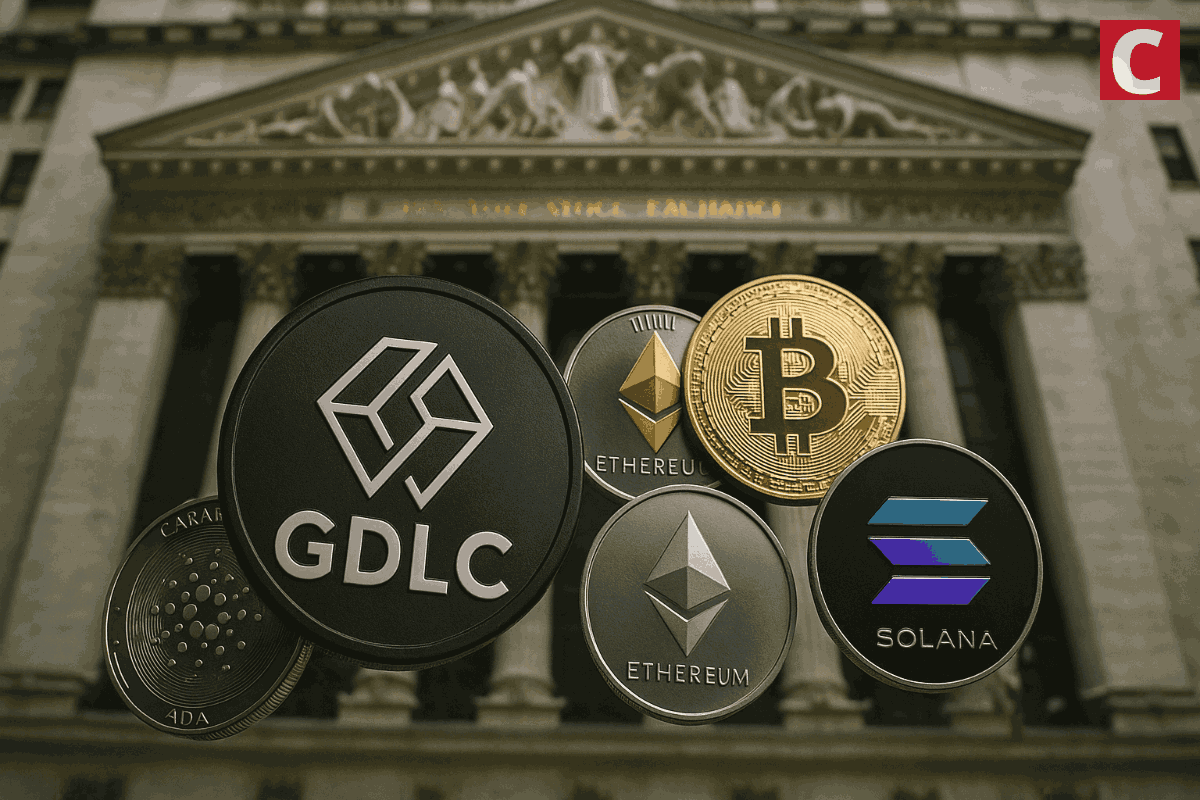
Diversified Exposure to Leading Cryptocurrencies: Multi-asset crypto ETFs like Grayscale Digital Large Cap ETF (GDLC) allow investors to access a basket of top digital assets—including Bitcoin (BTC), Ethereum (ETH), XRP, Solana (SOL), and Cardano (ADA)—in a single, regulated product. This diversification helps mitigate the risk of individual asset volatility.
-
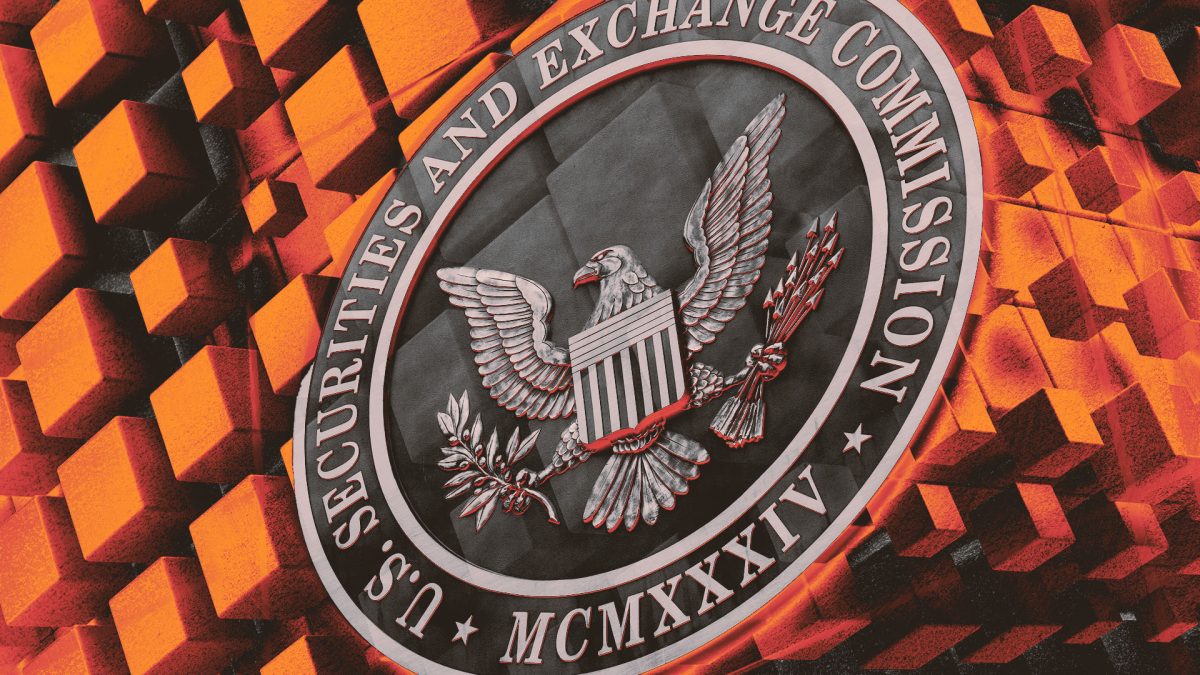
Regulatory Oversight and Investor Protections: With SEC approval and NYSE Arca listing, these ETFs operate under robust U.S. regulatory frameworks, offering greater transparency and investor safeguards compared to unregulated crypto products.
-
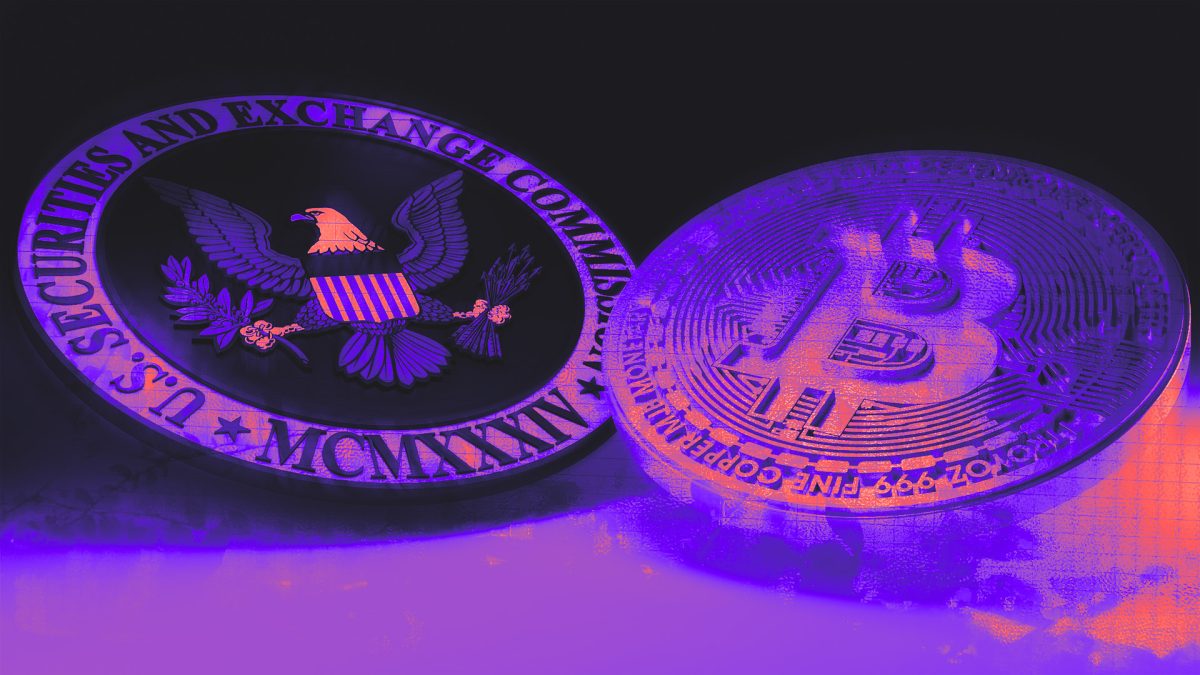
Improved Liquidity and Trading Efficiency: The SEC’s allowance for in-kind creations and redemptions aligns crypto ETFs with traditional commodity ETFs, potentially reducing trading spreads and improving liquidity for both institutional and retail investors.
-

Accelerated Product Innovation and Market Access: New generic listing standards on major exchanges like NYSE, Nasdaq, and Cboe have shortened ETF approval times to as little as 75 days, paving the way for more multi-asset crypto products and broader investment choices.
-
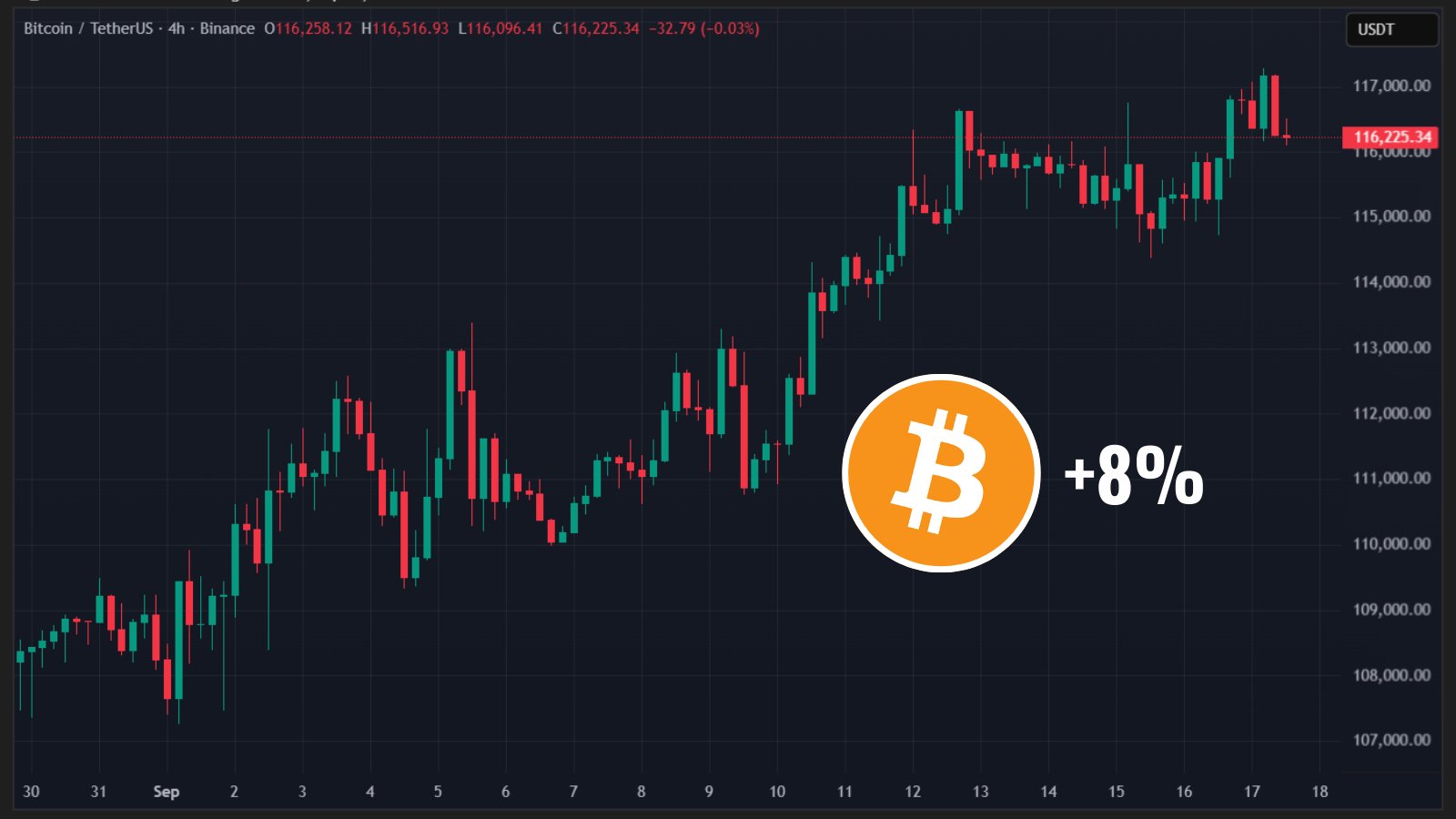
Ongoing Volatility and Market Risks: Despite diversification, crypto ETFs remain exposed to the inherent volatility of the digital asset market. For example, Bitcoin (BTC) recently traded at $115,712 with a 24-hour change of -0.95%, highlighting persistent price swings that can impact ETF performance.
-

Regulatory and Custody Uncertainties: While the SEC has made significant progress, evolving regulations and potential changes in crypto custody standards could impact ETF operations or investor access in the future.
Market Impact: Accelerating Adoption and Innovation
The SEC’s streamlined approval process has already sparked a rush of applications from issuers eager to launch their own diversified products (source). Expect thematic funds, DeFi baskets, Layer 1 indexes, to follow as asset managers compete for first-mover advantage. For retail investors previously sidelined by complexity or security fears, these ETFs represent an accessible onramp into the digital asset ecosystem.
The broader macro story? Crypto is now firmly embedded within regulated capital markets infrastructure. As more institutions allocate, even modestly, the feedback loop between on-chain fundamentals and ETF flows will only intensify price discovery across leading tokens.
Ultimately, the arrival of SEC-approved multi-asset crypto ETFs marks a new chapter in financial history: one where digital assets stand shoulder-to-shoulder with stocks, bonds, gold, and now trade under familiar rules on major U. S. exchanges. The genie is out of the bottle; for investors seeking both growth potential and diversification in an increasingly digital world, these products offer an essential toolkit for navigating what comes next.
